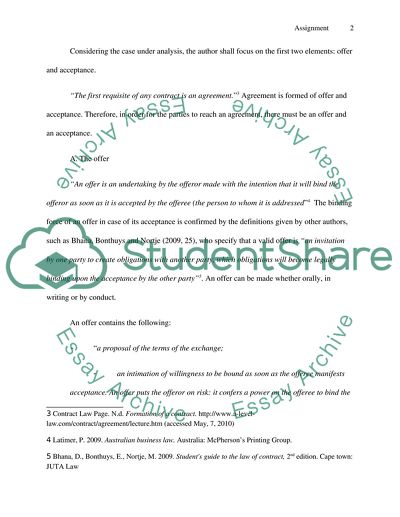Cite this document
(“Contract Law - the Rules of Offer and Acceptance Case Study”, n.d.)
Contract Law - the Rules of Offer and Acceptance Case Study. Retrieved from https://studentshare.org/law/1736312-contract-of-law
Contract Law - the Rules of Offer and Acceptance Case Study. Retrieved from https://studentshare.org/law/1736312-contract-of-law
(Contract Law - the Rules of Offer and Acceptance Case Study)
Contract Law - the Rules of Offer and Acceptance Case Study. https://studentshare.org/law/1736312-contract-of-law.
Contract Law - the Rules of Offer and Acceptance Case Study. https://studentshare.org/law/1736312-contract-of-law.
“Contract Law - the Rules of Offer and Acceptance Case Study”, n.d. https://studentshare.org/law/1736312-contract-of-law.


